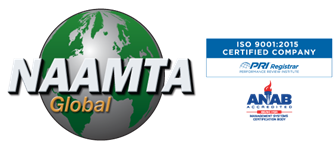| Friday March 13, 2020 at 8:17AM | |||||||||
|
Transporting patients with suspected or confirmed exposure to communicable diseases is not a new situation in the medical transport industry. Whether the common cold, flu or more serious diseases like TB, SARS, MERS, or Ebola, planning for and mitigating risk of crew exposure and transmission remains challenging for any transport program. The latest on the scene is COVID-19. Transporting a patient with an emerging infectious disease, like COVID-19, requires planning and training to protect the health and welfare of crewmembers and other patients. This checklist is intended to provide a guide to evaluating current policies and practices used by medical transport programs. Program Directors and Medical Directors should work collaboratively to address all operational aspect of the transport service, assuring appropriate infection control measures are implemented.
RESOURCES |
|||||||||
|
|||||||||
Clinical Operations Forum
Blog Owner
Blog Top Tags
There are no items to show you
Post Archives
Blogroll
| Adam Orgill's Blogs | |
|
|
| Adam Orgill's Favorite Blogs | |
| [none] |








 Toolbox
Toolbox
